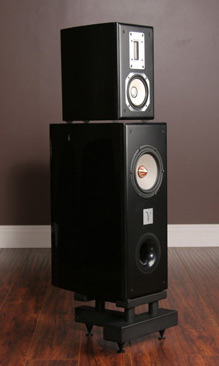markus
Addicted to Fun and Learning
- Joined
- Sep 8, 2019
- Messages
- 709
- Likes
- 814
Maybe the full ranger is most popular among the SET (Single Ended Triode) users due to usually high sensitivity and ease of driving for these crossover-less drivers.
They do have a "crossover" but it's a mechanical one. Very visible in measurements. Once equalized "high sensitivity" isn't much of a factor anymore.
When experimenting with full-range drivers a lot can be learned about speakers and audio in general if one has an open mind. Unfortunately most audiophools don't qualify for the reasons tuga mentioned.


